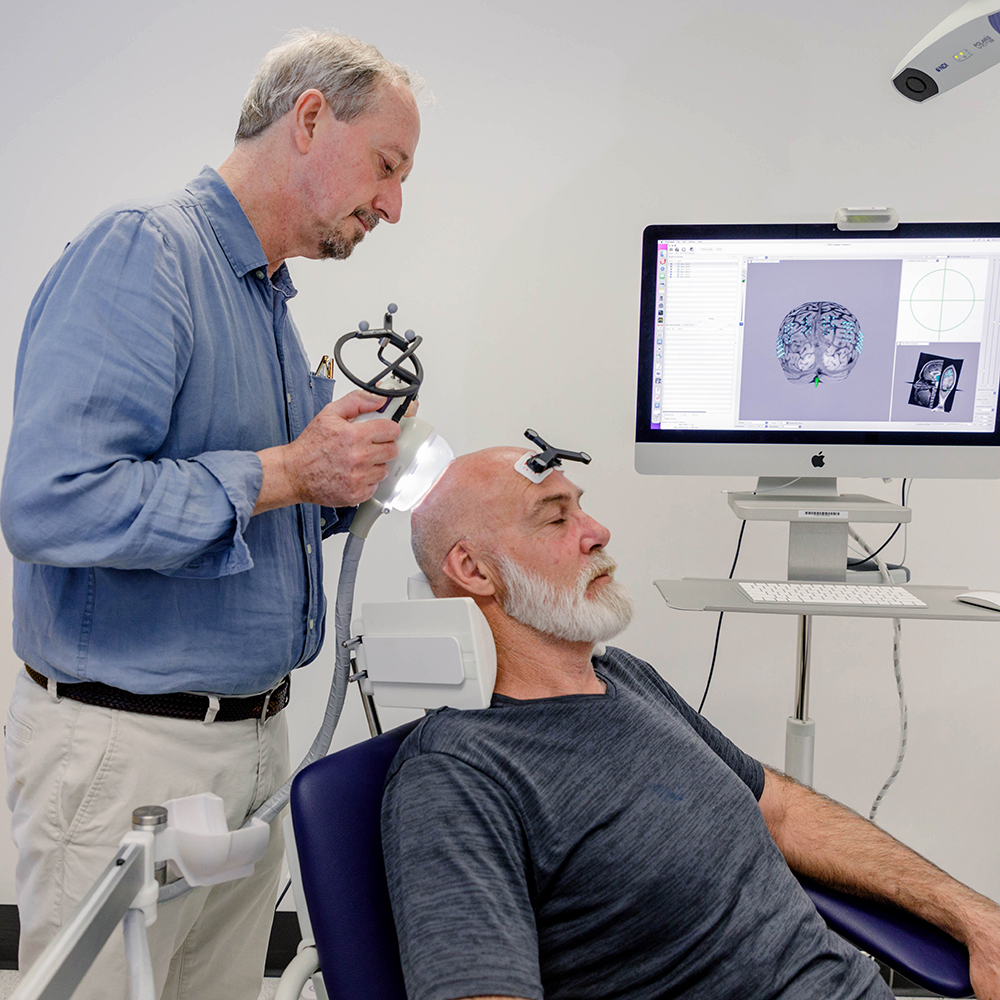Researchers from the University of Queensland have presented their perspective of how focused ultrasound (FUS) may be employed to revolutionise the treatment of a wide range of neurological disorders, providing non-invasive, targeted therapies that can improve patient outcomes and quality of life.
The extent to which the different FUS modalities can be manipulated to potentially treat brain disorders, has been the focus of a special review by neuroscientists, Professor Jürgen Götz and Dr Daniel Blackmore at the Queensland Brain Institute (QBI).
“Overall, ultrasound represents a promising tool for both diagnostic and therapeutic applications,” Professor Götz said.
“The ability to precisely target an area minimises potential side effects and reduces the risk of damage to healthy brain tissue, making it a safer and a more effective treatment option for a variety of neurological conditions.
“Additionally, focused ultrasound is non-invasive, meaning that it does not require surgery or incisions. The current evidence suggests that the procedures can be repeated without cumulative toxicity or long-term side effects.”

In an article published in Neuron, QBI researchers reviewed the ongoing efforts to determine what factors could influence optimal FUS treatments including the specific brain region targeted, the type of cells being stimulated and the intended physiological outcome.
According to co-author, Dr Daniel Blackmore, the objective was to assess the potential challenges and opportunities around taking ultrasound into the clinic to treat brain disorders.
“The brain is an extremely complex organ with all these different cell types and they all respond differently to ultrasound frequencies and combinations, so we not only need to determine the long-term safety and efficacy of FUS-based treatments but we also need to develop strategies for improving the delivery of FUS energy to specific brain regions,” Dr Blackmore said.
“One promising approach for determining the optimal FUS parameters is to use computational models that simulate the interaction between the ultrasound waves and the target tissue.
“These models take into account factors such as the frequency, intensity and waveform of the ultrasound pulses as well as the anatomical and physiological properties of the brain tissue.
“By comparing the predictions of these models to experimental results, researchers can identify which factors have the greatest impact on neuronal stimulation and inhibition.”
According to Professor Götz, who is currently running a world-first safety trial using ultrasound as a therapeutic treatment for Alzheimer’s, a better understanding of the underlying signaling pathways could help to identify novel targets for therapeutic intervention in brain diseases.
“Advances in computational modelling and experimental techniques are helping to move the field forward and unlock the full potential of FUS as a powerful tool for neuromodulation and neurotherapeutics,” he said.
UQ acknowledges the collaborative efforts of researchers from the University of Zurich.



